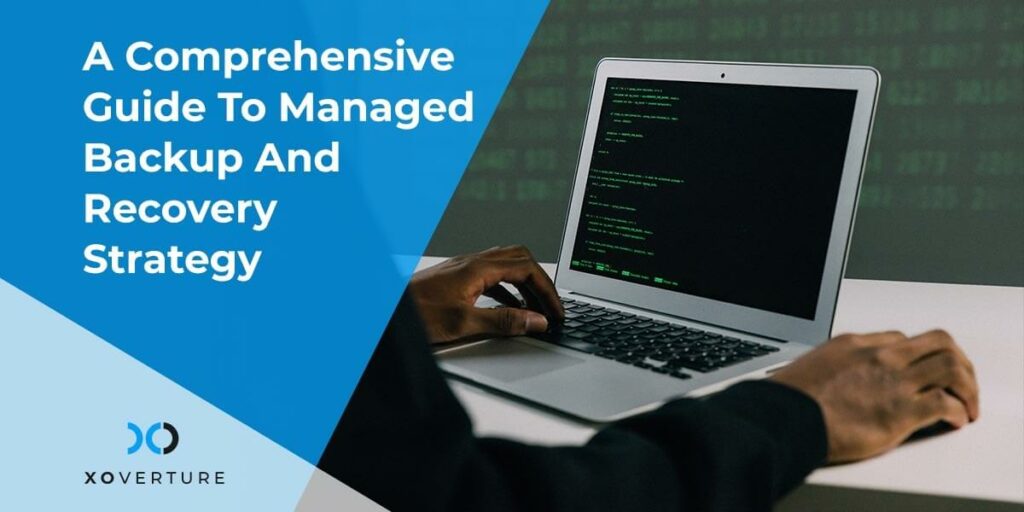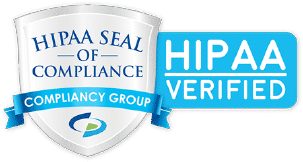Backup and Disaster Recovery | When you tell someone your computer has crashed, the first thing they normally ask is, “Did you back up your files?” If you’re only talking about personal data or a single machine, that’s the appropriate thing to ask. When your computer crashes, having a data backup is generally all you need to get back to your regular routine.
Data recovery and backup have gone a long way. The days of media-vaulted backups and manual recovery are long gone. Through cloud-based architecture, today’s Backup and Disaster Recovery (BDR) solutions deliver secure, quick, monitored, and continuous backup and rapid data restoration. In order to meet any business need, a range of ways and solutions are accessible in the marketplace.
What are Backup and Disaster Recovery?
Backup is the process of copying data to a secure location from which it may be retrieved in the case of a system or service failure.
Backups can take several forms, including duplicating data on secondary storage arrays within the same data center as your production operation, backing up data to a remote data center, and dumping data into the public cloud (or even multiple clouds in order to gain extra protection).
Disaster Recovery refers to the entire process of protecting data and services from difficulties and restoring them in the case of a breakdown. It’s more involved than simply backing up your data.
Backup is one component of disaster recovery, but it is not the only one.
In the event of a disaster, a disaster recovery solution must not only secure data, but also enable users to rapidly identify where backup data is stored and restore it to the correct spot.
The purpose of cloud disaster recovery is to keep your organization up and running while minimizing the impact of a sudden infrastructure or service outage on your consumers.
Benefits of Managed Backup and Disaster Recovery
You can’t stop a disaster from happening, but you can recover from it. When deciding whether managed backups are ideal for your company, consider the following main benefits:
Boosted Reliability
Increased reliability is one of the major benefits of data backup and recovery services. Remote backup can be accomplished in a variety of ways. Some people update on a daily basis, while others have set aside time to do so. When a corporation opts for complete backup, it ensures that all information on the computer, including installed apps and operating systems, is protected
Your Data’s Safety
Before being transmitted to an offshore data center for backup, your critical files are encrypted. They’re safe and the IT firm will work with you to guarantee that all of your files are backed up and moved safely.
Protects Company’s Reputation
While downtime is unavoidable in some instances, managed backup services can help you avoid it. Long periods of slow or no business have a negative impact on your reputation and can jeopardize your ability to flourish in your sector. Your firm is safe and secure with a backup plan in place, and you can relax.
Backup and DR as a service (DRaaS)
The replication and hosting of physical or virtual servers by a third party to offer failover in the event of a natural disaster, power loss, or other sorts of business disruption is known as disaster recovery as a service (DRaaS).
Disaster recovery as a service provider uses three basic models: managed, assisted, and self-service.
- Managed DRaaS – Third parties bear complete responsibility for disaster recovery under the managed DRaaS paradigm.
- Assisted – Supported DRaaS may be a preferable option if you wish to take control of some components of your disaster recovery plan, or if you have specialized apps that would be difficult for a third party to take over.
- Self-Service – Self-service DRaaS is the lowest alternative, in which customers plan, test, and manage disaster recovery while the vendor offers backup management software and hosts backups and virtual machines.
How Backup and DRaaS Benefit Your Business?
Disaster Recovery as a Service (DRaaS) has emerged as a critical cloud task. This strategy is not only cheaper than traditional DR methodologies, but it is also faster and more adaptable. Data security, Cost-efficiency, and not getting locked into one server are some of the benefits that your business gets with backup and DRaaS services. Let’s take a look at some other business benefits:
- It is no longer necessary to set up and equip a secondary data center for data recovery.
- It is not necessary to duplicate storage hardware between the primary data center and the DR site on a like-for-like basis.
- Small and medium-sized businesses (SMBs) who lack the knowledge to build an efficient disaster recovery strategy can benefit from this service.
- Allows in-house IT personnel to concentrate on other systems, applications, and projects.






